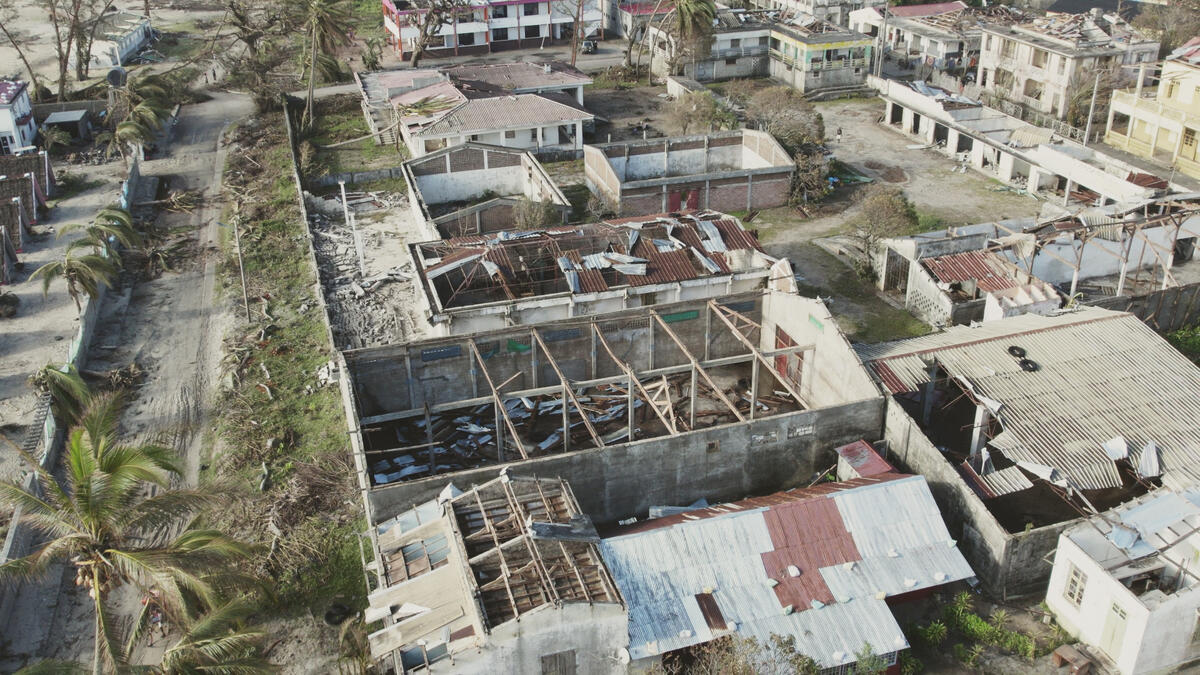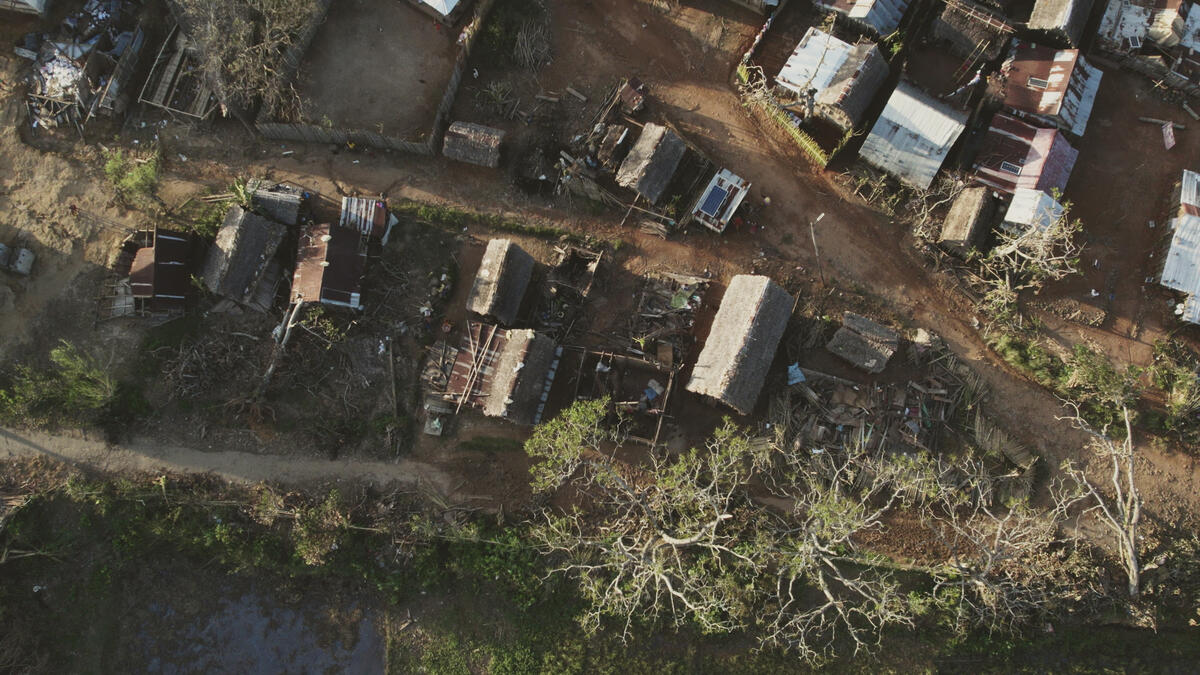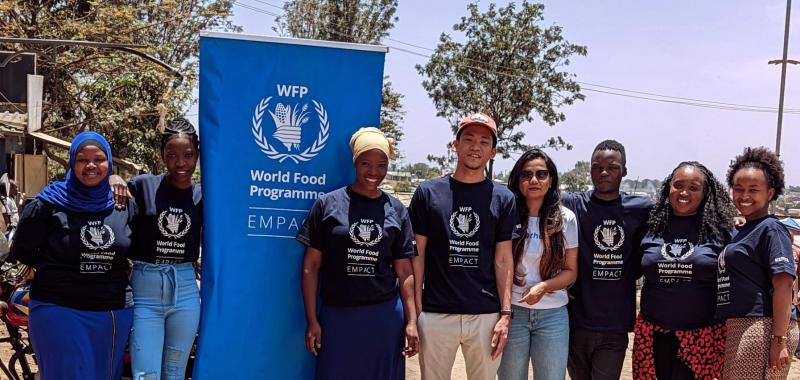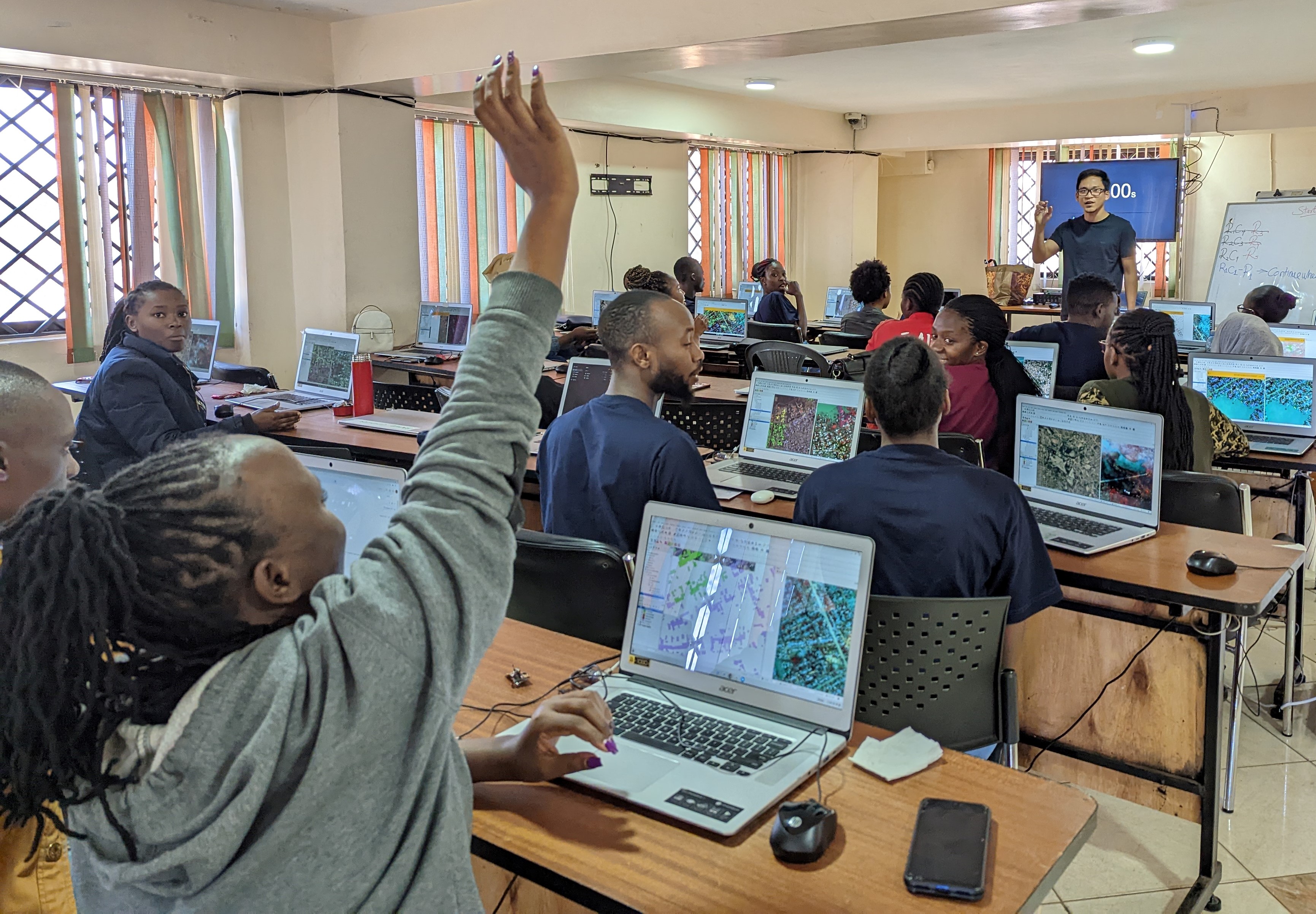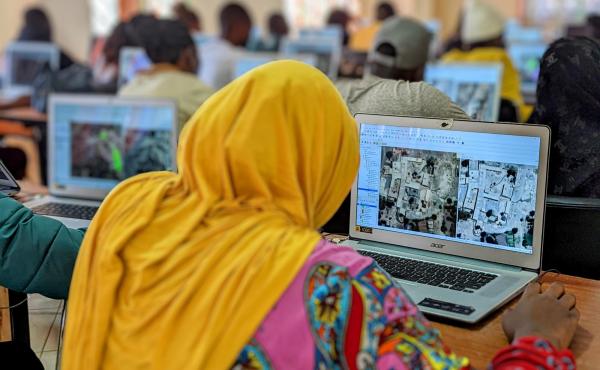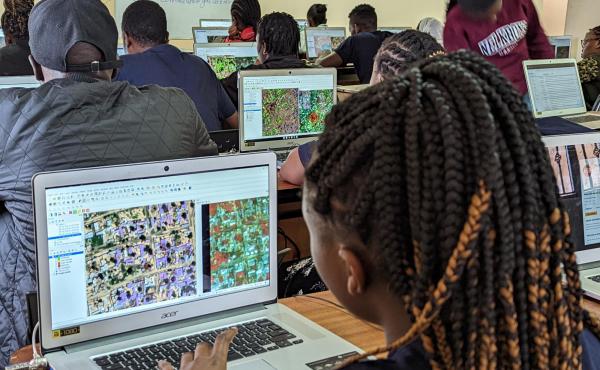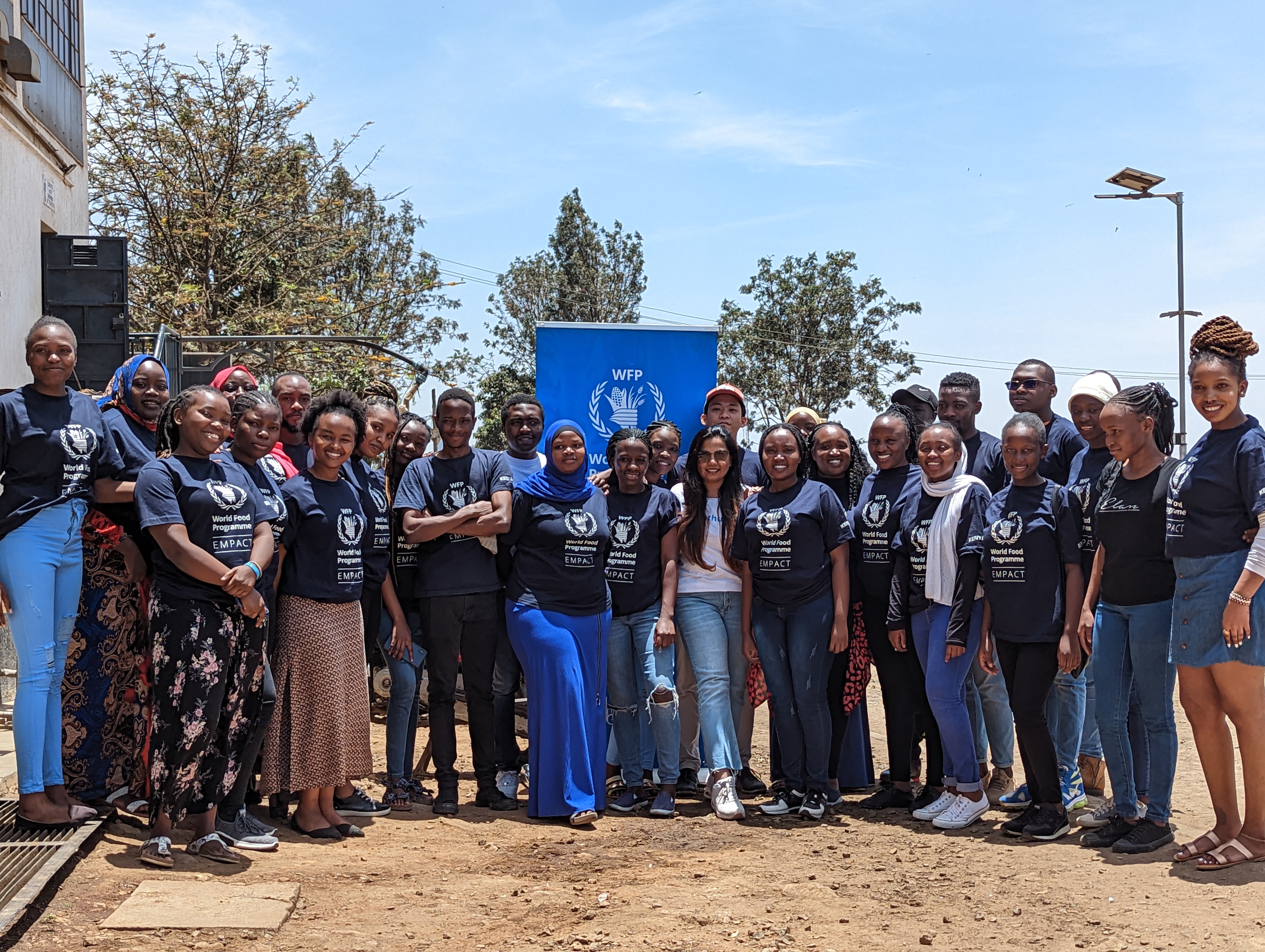In the first 72 hours of a conflict or natural disaster, WFP's Geospatial Support Unit provides critical operational geospatial information to help visualize and estimate the potentially impacted population. Unfortunately, two critical factors commonly prevent the GIS team from providing timely information. Firstly, the manual processes involved are unable to analyze the amount of data required for necessary damage analysis, and secondly, the Machine Learning (ML) models used in Artificial Intelligence (AI) aren’t always relevant and/or applicable to the contexts where WFP operates.
